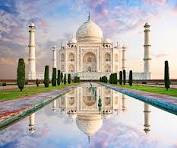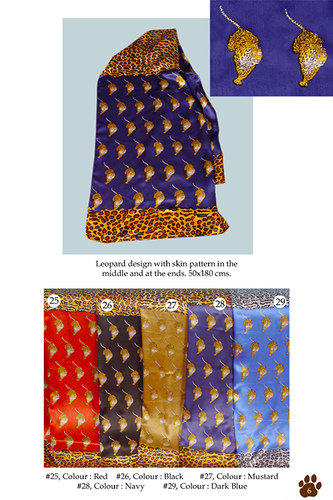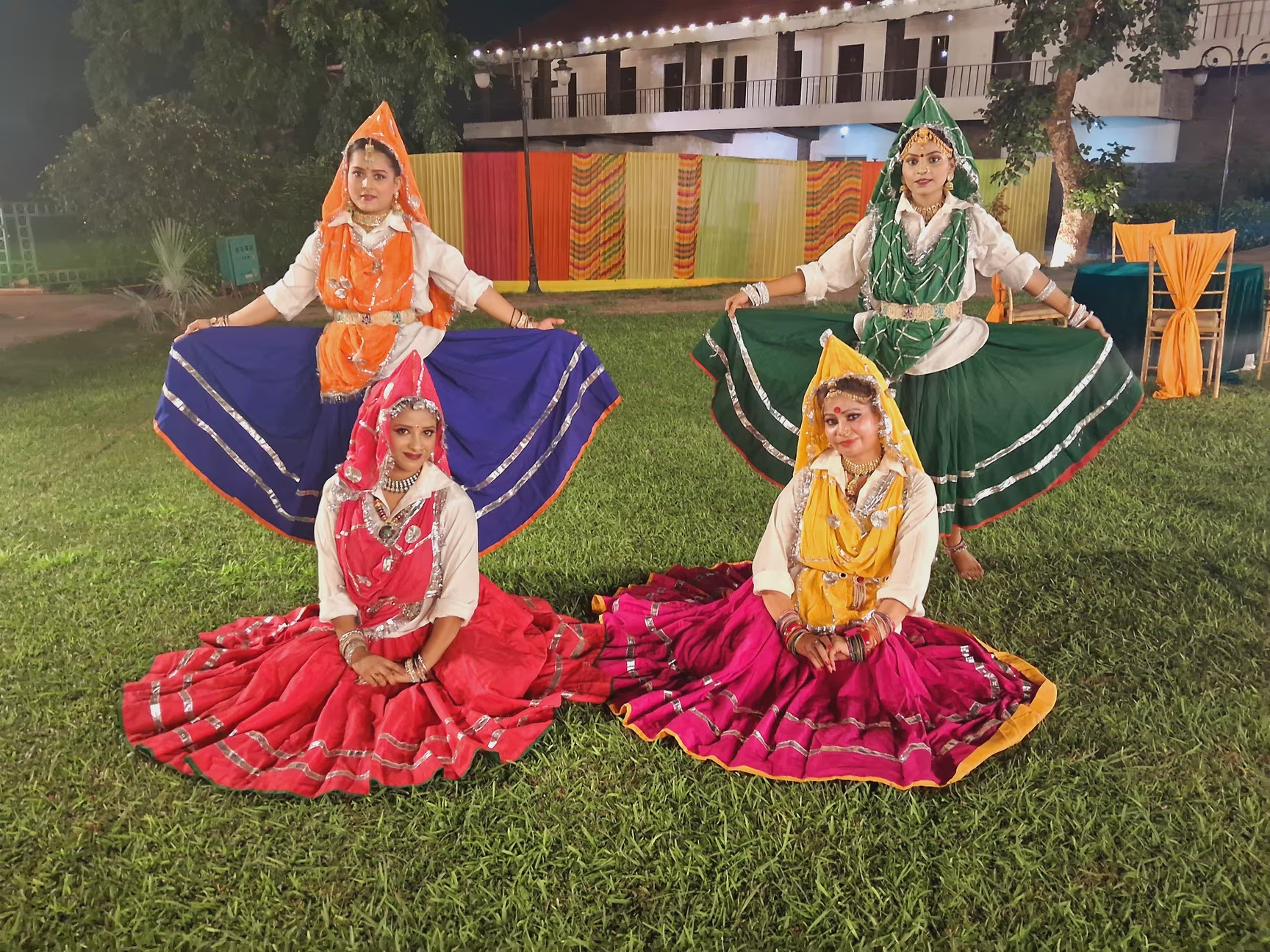The Culture of Uttar Pradesh (UP)
Often called the heartland of India, the culture of Uttar Pradesh is deeply rooted in its historical legacy, religious significance, and artistic heritage. As one of India’s largest and most populous states, UP showcases a vibrant blend of ancient traditions, Mughal influence, and Hindu practices.
1. Religion and Spirituality
Uttar Pradesh serves as a spiritual hub for various religions, with Hinduism as the dominant faith, followed by Islam and others.
Varanasi (Kashi), one of the world’s oldest cities, stands as the spiritual capital of India. Dedicated to Lord Shiva, the city draws millions of Hindu devotees each year.
Sarnath, near Varanasi, holds immense importance in Buddhism. It’s where the Buddha delivered his first sermon, marking the beginning of the Dharma.
The state also boasts a rich Islamic heritage, especially in cities like Agra and Lucknow, where Mughal architecture and grand mosques define the skyline.
2. Language
Hindi is the primary language spoken across UP. Regional dialects like Awadhi, Braj Bhasha, and Hindustani thrive in different areas.
Urdu also plays a prominent role, particularly in Lucknow and Agra, which have nurtured a legacy of Urdu poetry and literature.
3. Fairs and Festivals
UP celebrates a wide array of vibrant festivals and spiritual gatherings:
-
Kumbh Mela (Allahabad): Held every 12 years, this massive religious gathering draws millions who bathe at the Sangam — the confluence of the Ganga, Yamuna, and Sarasvati — to purify their souls.
-
Holi (Mathura and Vrindavan): Known worldwide for its vivid and joyful celebration, Holi here marks Lord Krishna’s playful spirit with colors and devotion.
-
Diwali (Ayodhya): The city of Lord Ram lights up during Deepotsav, showcasing one of India’s most magnificent festivals of lights.
-
Eid (Lucknow and beyond): Muslim communities mark the occasion with grand feasts, traditional attire, and warm gatherings.
4. Music and Dance
UP’s musical heritage reflects its spiritual and cultural roots:
-
Thumri and Dadra: These light classical music styles originated in Lucknow and hold a central place in Hindustani music.
-
Ragini: Folk styles like Braj and Awadhi Ragini recount themes of love, separation, and devotion.
-
Kathak Dance: Rooted in Varanasi and Lucknow, Kathak blends expressive storytelling, rhythmic footwork, and graceful movements—often depicting tales of Krishna and the Ramayana.
5. Cuisine
The culinary landscape of UP reflects its diversity and royal history:
-
Tunday Kebab: A Lucknow delicacy known for its soft texture and rich flavor.
-
Lucknawi Biryani: A fragrant dish prepared with marinated meat, basmati rice, and subtle spices.
-
Kachori with Sabzi: A street food favorite featuring stuffed, deep-fried bread served with spicy curry.
-
Petha (Agra): A translucent sweet made from ash gourd and sugar syrup.
-
Chhole Bhature: A North Indian staple of spicy chickpeas and puffed bread.
-
Lassi (Mathura): A sweet yogurt-based drink often served chilled in earthen pots.
6. Handicrafts and Art
UP’s artisans preserve centuries-old craft traditions:
-
Chikan Embroidery: This intricate needlework, native to Lucknow, features floral designs on fabrics like muslin and cotton.
-
Brassware and Metal Crafts: Moradabad, dubbed the “Brass City,” produces globally renowned decorative metal items.
-
Banarasi Sarees: Varanasi’s handwoven silk sarees showcase elaborate brocade and gold thread work.
-
Woodwork (Saharanpur): The region’s craftsmen create finely carved furniture and decorative pieces.
7. Architecture
UP houses some of India’s most iconic architectural landmarks:
-
Taj Mahal (Agra): A symbol of eternal love and one of the Seven Wonders of the World, this Mughal masterpiece captivates millions.
-
Agra Fort: This massive structure offers a glimpse into the military might and artistry of the Mughal Empire.
-
Fatehpur Sikri: Built in red sandstone, this former capital reflects a blend of Persian and Indian architectural elements.
-
Khusro Bagh (Prayagraj): This peaceful garden features exquisite Mughal-era tombs.
-
Ram Janmabhoomi (Ayodhya): Revered as Lord Ram’s birthplace, this site holds deep spiritual and historical value.
8. Traditional Clothing
Men often wear kurta-pajamas, sherwanis, or dhotis—sometimes paired with a lathi in rural areas.
Women typically wear sarees or salwar kameez. During festivals, rural women prefer lehenga cholis with vibrant dupattas.
Jewelry plays a vital role in UP’s culture. Gold ornaments like jhumkas, naths, bajubands, and hars remain popular, especially in Lucknow.
9. Folk Performances
Folk art forms continue to thrive across the state:
-
Ramlila: This dramatic reenactment of the Ramayana occurs during Dussehra in cities like Ayodhya, Varanasi, and Lucknow.
-
Rasiya: Through music and dance, performers portray the love stories of Radha and Krishna.
-
Nautanki: A lively form of folk theater combining dance, music, and storytelling with mythological or historical themes.
Conclusion
Uttar Pradesh’s culture reflects a powerful blend of ancient traditions, religious devotion, and regal legacy. From classical dance and music to world-renowned monuments and cuisine, UP offers a deeply rooted yet dynamic cultural experience. Its enduring heritage, enriched by both Hindu and Mughal influences, makes it a cornerstone of India’s identity.





